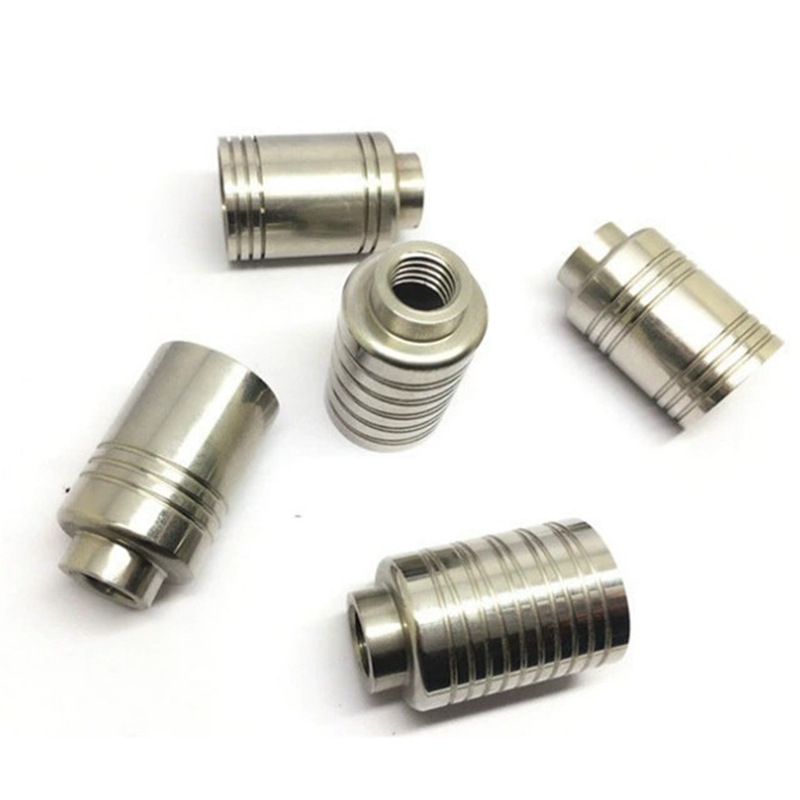On the premise of meeting product functions, design die castings reasonably, simplify the structure of the die casting mold, reduce die casting costs, reduce die casting defects, and improve the quality of die casting parts. Due to the injection molding process originating from the casting process, the design guidelines for die castings are very similar to those for plastic parts in some aspects. For detailed design of die-casting parts, refer to the book "Design Guidelines for Manufacturing and Assembly Products" published by the Mechanical Industry Press.
 fillet
fillet
The casting drawing (including corners) often indicates requirements such as rounded corners R2 that are not indicated. When opening the mold, we must not ignore the role of these unspecified rounded corners and must not make clear corners or excessively small rounded corners. Casting rounded corners can ensure smooth filling of metal liquid, orderly discharge of gas in the cavity, reduce stress concentration, and extend the service life of the mold. Castings are also less prone to cracks or various defects due to poor filling at this location. There are many corners on the standard oil pan mold, relatively speaking, the brother oil pan mold is currently the best, and there are also many heavy machine oil pans.
Demolding slope
In the direction of demolding, it is strictly prohibited to have artificially caused side dents (often caused by the casting sticking to the mold during mold testing, and local dents caused by incorrect methods such as drilling and hard chiseling).
Roughness
The forming parts and pouring system should be carefully polished according to the requirements, and should be polished along the direction of demolding. Due to the fact that the entire process of metal liquid entering the pouring system from the pressure chamber and filling the mold cavity only takes 0.01 to 0.2 seconds. In order to reduce the resistance of metal liquid flow and minimize pressure loss, it is necessary to have a high surface finish flowing through it. At the same time, the heating and erosion conditions of the pouring system are relatively poor, and the poorer the smoothness, the more likely the mold is to be damaged.
The hardness of the formed part of the mold is aluminum alloy: HRC46 ° or so, copper: HRC38 ° or so. When processing, the mold should have as much margin for repair as possible, and the upper limit of the size should be set to avoid welding.
Previous: Requirements for die-casting molds
Next: Die Casting Fluidity
 Send A Message
Send A MessageIf you are interested in our products and want to know more details,please leave a message here,we will reply you as soon as we can.